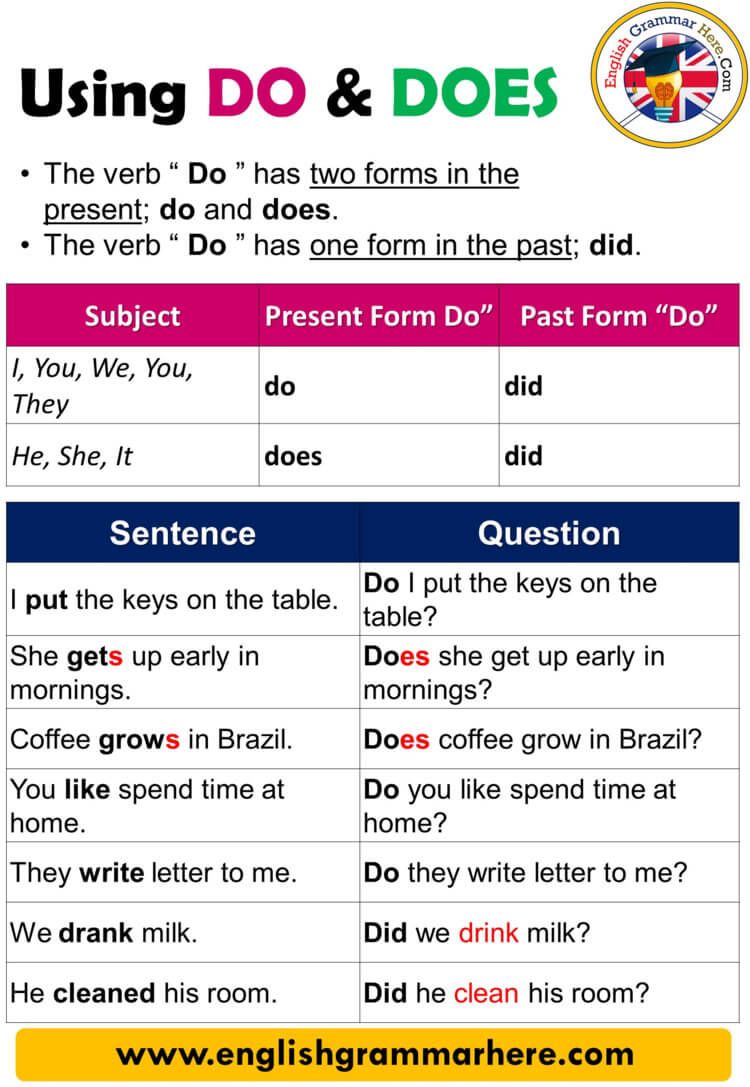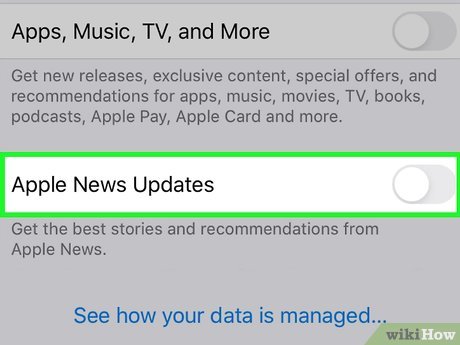Mastering Conda Environment Cloning: Step-by-Step Guide and Best Practices
Introduction: Why Clone a Conda Environment?
Cloning a Conda environment is an essential task for developers, data scientists, and researchers seeking to replicate software setups across projects or teams. By duplicating an environment, you ensure that all dependencies, packages, and configurations remain consistent, reducing the risk of compatibility issues, streamlining collaboration, and safeguarding your workflow against unforeseen changes. Whether you need to share your setup with a teammate, migrate a project, or create a testing sandbox, mastering environment cloning should be part of your toolkit.
Understanding Conda Environments
Before diving into the cloning process, it’s important to understand what a Conda environment is. A Conda environment is an isolated directory containing a specific collection of packages, dependencies, and Python or R versions. This isolation prevents conflicts between projects and allows you to experiment with different package versions safely. Each environment can be listed and managed independently, making them invaluable for reproducibility and reliability in modern development workflows.
Step-by-Step Guide: How to Clone a Conda Environment
Cloning a Conda environment is straightforward but requires careful attention to ensure accuracy. Here’s a proven, actionable process for duplicating your environment:
1. List Existing Conda Environments
Open your terminal or command prompt and type:

Source: screenrant.com
conda env listThis command will display all available environments. Identify the environment you intend to clone by its name. [1]
2. Execute the Clone Command
Use the following syntax to clone your environment:

Source: ar.inspiredpencil.com
conda create --name --clone
Replace
<new_env_name>
<existing_env_name>
3. Verify the Cloning Process
After cloning, validate your new environment’s existence by running:
conda info --envsYou should see both the original and the cloned environments listed. Activate your clone with:
conda activate Test your setup by running installed package commands or scripts to ensure all dependencies function as expected. [2]
Advanced Techniques: Exporting and Rebuilding Environments
Sometimes, direct cloning may not be feasible (for example, when migrating between different machines or operating systems). In such cases, exporting your environment’s configuration and recreating it elsewhere is a robust alternative:
1. Export Your Environment
With your target environment activated, run:
conda env export > environment.ymlThis generates a YAML file listing every package and version. For maximum portability, you may want to review and edit this file, removing unnecessary packages or system-specific paths. [3]
2. Recreate the Environment on Another Machine
Move the
environment.yml
conda env create -f environment.ymlThis command will build a fresh environment with all specified dependencies. If you need to update an existing environment, use:
conda env update --name --file environment.yml This approach is highly recommended for sharing setups across teams or deploying on cloud infrastructure. [3]
Case Study: Copying Conda Environments Across Cloud Regions
If your workflow involves cloud platforms or large-scale data science solutions, you may need to duplicate Conda environments across regions or accounts. For example, Oracle Cloud provides detailed steps to copy published Conda environments between object storage buckets. This process involves exporting the environment as an object and transferring it between storage locations, ensuring consistency across distributed teams. [4]
Troubleshooting Common Issues
While cloning Conda environments is generally reliable, users may encounter certain challenges:
-
Invalid or inaccessible clones after software updates:
In rare cases, updates to supported platforms (such as ArcGIS Pro) may break cloned environments. To resolve this, export your environment with
conda env export
conda env remove
- Operating system incompatibilities: Explicitly cloned environments may not work identically across Windows, macOS, and Linux. Use environment YAML files and recreate environments per platform for best results.
- Package version mismatches: Some packages may have platform-specific builds or unavailable versions. Edit your YAML file to remove or replace problematic packages before recreating the environment.
Alternative Approaches and Best Practices
Beyond direct cloning, consider these best practices for robust environment management:
-
Use explicit specification files:
Generate a list of all installed packages with
conda list --explicit > spec-file.txt
conda create --name
--file spec-file.txt
-
Version control your environment files:
Store
environment.yml
- Document environment changes: Keep a changelog of updates or additions to your environment to facilitate troubleshooting and onboarding of new team members.
Practical Example: Cloning an Environment for Collaboration
Suppose you’ve developed a machine learning model in an environment called
mlp
conda create --name mlp_clone --clone mlp
After cloning, your colleague activates the clone with
conda activate mlp_clone
Accessing Support and Additional Resources
If you run into issues or have advanced requirements, consider:
- Consulting the official Conda documentation for the latest updates and troubleshooting guides.
- Engaging with community forums or contacting support channels for platform-specific help (such as ArcGIS or Oracle Data Science Cloud).
- Researching best practices for secure and portable environment management, including leveraging cloud storage solutions for distributed teams.
Key Takeaways
Cloning Conda environments is a powerful technique for ensuring consistency, portability, and collaboration in modern software and data science projects. By following the actionable steps outlined here, you can duplicate, export, and manage your environments with confidence, addressing common challenges and optimizing your workflow for both local and cloud-based scenarios.
References
MORE FROM oncecoupon.com













